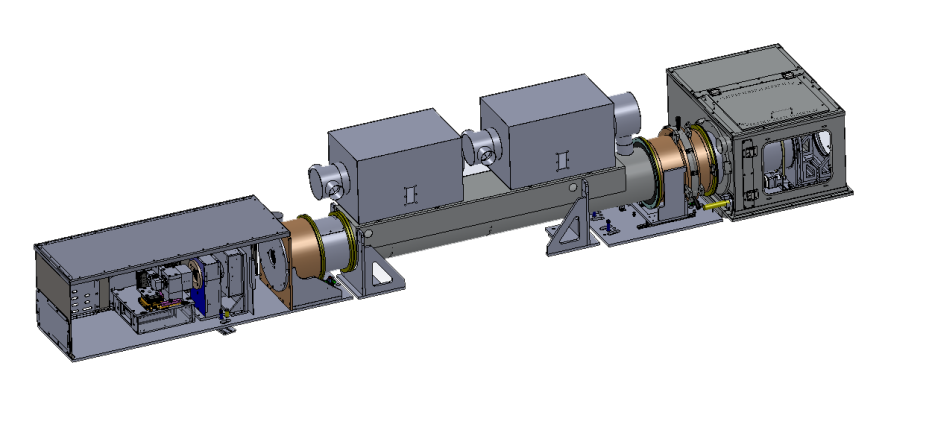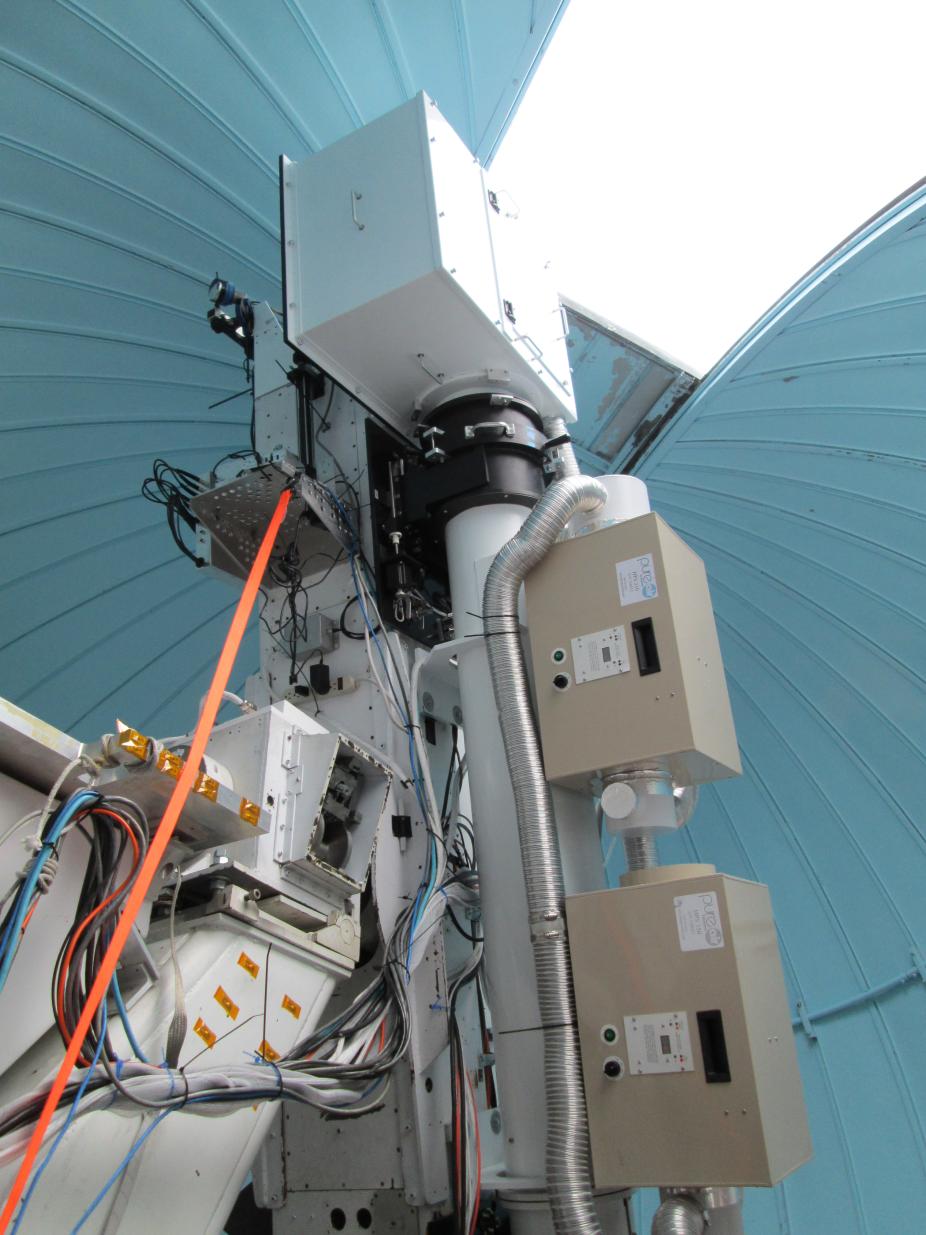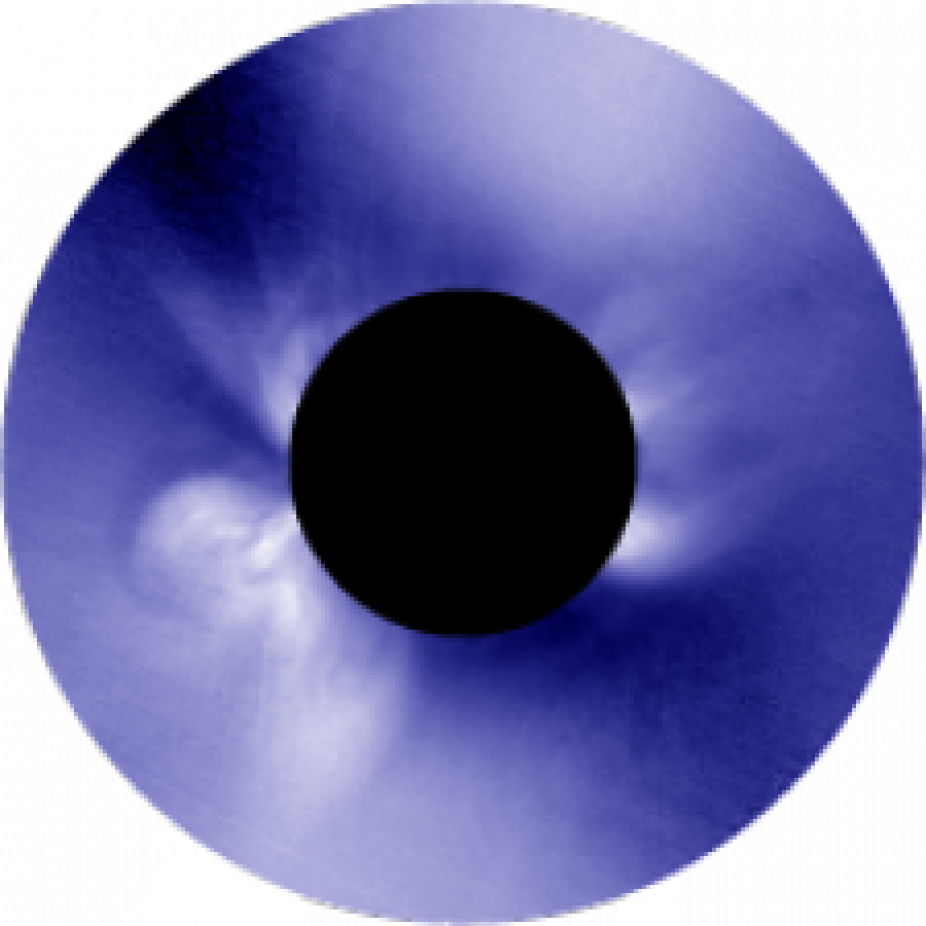K-Coronagraph (K-Cor)
Instrument


K-Cor on the MLSO spar
The K-coronagraph (K-Cor) is specifically designed to study the formation and dynamics of coronal mass ejections and the evolution of the density structure of the low corona. The K-Cor records the polarization brightness (pB) formed by Thomson scattering of photospheric light by coronal free electrons.
The National Center for Atmospheric Research (NCAR), via the National Science Foundation (NSF), provided full funding for the COSMO K-Cor, which was deployed to the Mauna Loa Solar Observatory (MLSO) in Hawaii in September 2013, replacing the aging MLSO Mk4 K-coronameter. Here it is shown installed on the MLSO spar.
Coronal Mass Ejections

Most CMEs observed with the MLSO Mk3 and Mk4 K-coronameters appeared to form below the apparent height of the occulter (1.15 solar radii) and had their largest acceleration occur at or below 3 solar radii. Instruments such as TRACE and the YOHKOH SXT had high time cadence observations of CMEs (13 to 40 sec) that provided insights into the rapid formation and evolution of CMEs and their relation to other forms of activity but these instruments were limited; TRACE by its 8.5 arcmin field-of-view (FOV) and Yohkoh SXT by its insensitivity to plasmas with temperatures below 2 million degrees. The COSMO K-Cor will provide the first routine white light observations into the first coronal scale height with a time cadence optimized to study the dynamics of CME formation.